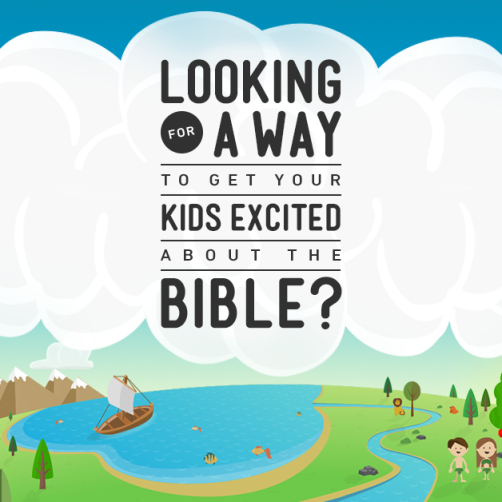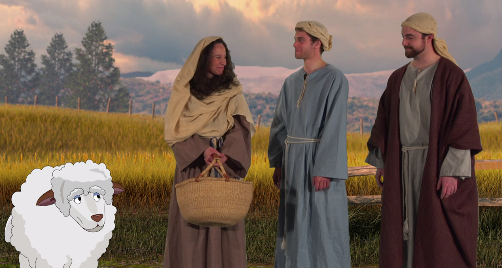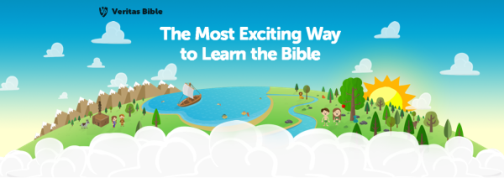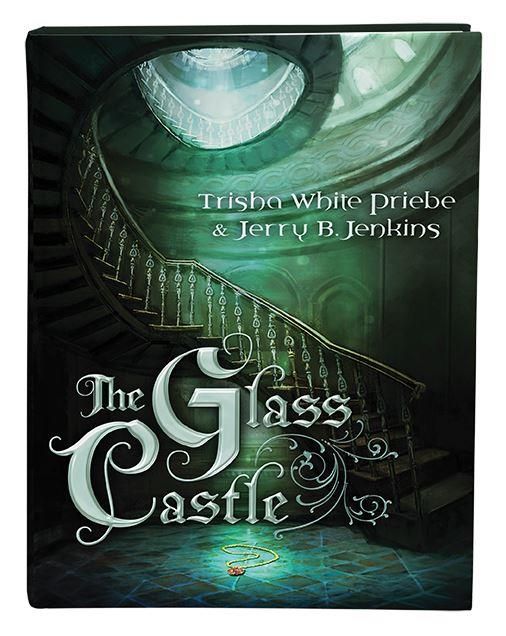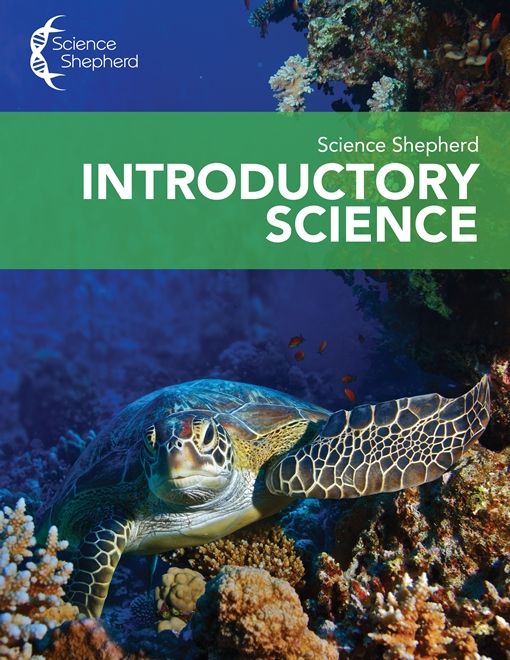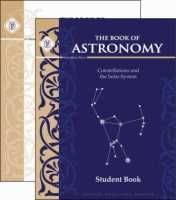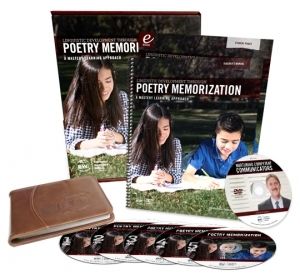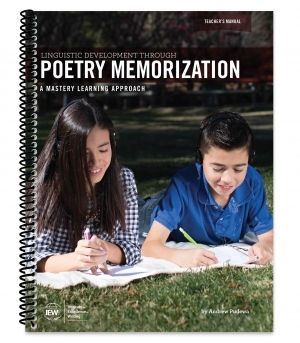Take note: We received an electronic copy of The Scarlet Pimpernel pdf interactive study guide for high schoolers by Michael S. Gilleland and Eileen Cunningham in exchange for this fair and unbiased review. Thank you, Progeny Press, for this opportunity!
Don’t you love reading a book with your kids. I know I do. Now that I have teens (four teen girls, thank you), we often read books “together” without reading them aloud, although we’re still into read alouds. We don’t often do formal literature studies, because I had the joy sucked out of reading while attaining my five-year bachelor’s degree in English. When Progeny Press sent me the study guide for The Scarlet Pimpernel, I fought my instinct and assigned the book to my freshman, Elisabeth, and my seventh grader, Emily Rose, with the intention of reading the book simultaneously, but separately, and going through the study guide together.
Here’s the thing about youth–they can read a book without falling asleep. Both of them finished the entire book while I was still inching my way through chapter two. Sleep–you beautiful, cursed, necessity; how I love/hate you! I did finally finish the book at 2 a.m. one beautiful night.
Regardless of my slow pace through the book, the girls still were able to work through the study without my having finished the entire thing in advance. In fact, they didn’t need me to read it at all, but it’s so much more fun to read together than alone and to share quotes and frustrations and joys and laughs, isn’t it? Plus, I can add legitimately to the discussion if I’ve actually read the book. Duh.
About That Study…
The Scarlet Pimpernel study guide contains the following:
- Instructor’s recommended usage guide with options–I love options!
- Book synopsis, particularly awesome if you didn’t read the book–ack!
- Author bio–fascinating! (I am totally over-using exclamation marks here–pet peeve.)
- Historical background, which helps make this book an excellent history study, if only to add to a timeline or book of centuries.
- Ideas for pre-reading activities…none of which we used, I have to confess, although we did use some as post-reading activities. We started reading the book before we received the study guide link.
- Exercises divided into groups of five chapters, containing a fun variety of vocabulary activities (which my kids enjoyed), comprehension questions (which my kids didn’t like, since they already understood the book), analyses, and digging deeper activities (some of which they liked).
- Overview, which can be used as a final review or exam.
- Additional essays and projects
- Answer key, in case you couldn’t stay awake long enough to read the book and therefore are struggling to contribute intelligently to the conversation.
- More resources, including my personal favorite, further books to read–A Tale of Two Cities,
anyone?
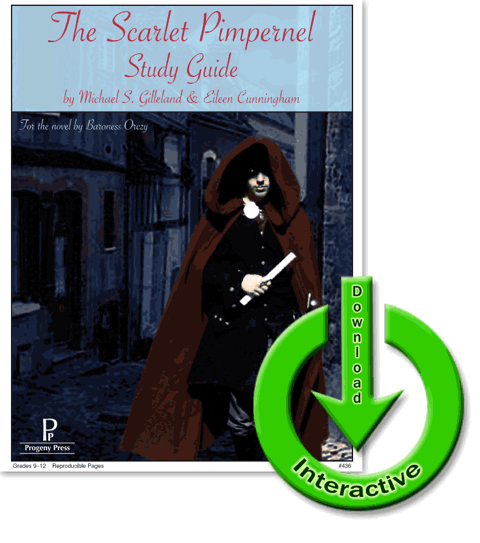
What We Did…
We each read the book independently, but simultaneously. We bought the book on Kindle for free, and also bought a paperback copy for a little more than free. The girls (and I) prefer a real book to an imaginary one, but someone (me) had to read the digital version until everyone else was finished with the real thing.
We then dove into the study guide. I printed up the vocabulary sections for them to complete together or independently. I did not print up the comprehension or digging deeper questions. Comprehension questions are usually a waste of time on my kids, since they “get it,” so we breezed through these together. We didn’t skip them, because sometimes there are misunderstandings of the story line, so the questions do prove useful. We did, however, often have to be sneaky about our answers, because the discussion around this book made it so appealing to others in the family that they wanted to read it, too, and didn’t want spoilers. For digging deeper, we discussed the questions orally…preferably with a bowl of popcorn at hand.
I assigned them the final “exam” overview section to work on as they were working through the study guide instead of at the end. I’m not much of an examiner…except in math. I love giving math tests–bwaa haa haaa!
We dug a little deeper into the history of the time. We used the study guide, the intro in the book itself, and the internet. We also added the French Revolution and Orczy’s life to our timeline books and Orczy to our list of new favorite authors!
The Big Question…
Did this suck the joy out of the reading experience? Here are three brutally honest opinions on that matter:
Emily Rose (13): I already understood the book, so the comprehension questions were boring. It would be good if you didn’t understand it, but I understood it. [Teacher interjection: I knew this and we talk about books that we read anyway, so I breezed through these questions.]
Elisabeth (15): I thought the vocabulary was a good idea, but the comprehension questions were just kind of lame. If you didn’t understand the book in the first place, you wouldn’t understand it to answer the questions. [Teacher interjection: exact opposite answer of her sister. Hmmm.] Some of the discussion questions were interesting.
Christy (That’s me.): While I certainly wouldn’t assign a literary analysis to every book we read, I do believe it has its value. Used on, say, every fourth book assigned, a literary study guide of Progeny Press caliber is quite fun…at least for this book geek! (Oops, another exclamation point. Good grief.) I really enjoyed studying the book and time period with my two middle girls–they sometimes get lost in the school shuffle as we teach reading to littles and help olders navigate college at home. This opportunity provided scheduled time to share my love of literature with my two lovelies.
While my daughter’s reactions don’t sound very positive, they enjoyed most of our discussions. Just today I heard them chatting about the revelation of the Scarlet Pimpernel himself with another sister who just found out his identity, and {SPOILER ALERT} describing it as a “dramatic irony,” something they learned from the discussion questions. They’re “doing” the discussion questions without even realizing it.
I love that.
Additional Thoughts for My Fellow Roadschoolers
Printing vs. Interactive
While ideally you would normally print discussion questions and activity pages, those of us who live in about 25 square feet of space are a little printer-phobic, especially if you have to unbury the printer like an ancient Egyptian treasure every time you want to transfer something from the computer into the real world. That said, printing up this guide is not that big of a deal–do it all at once, throw it in the kids’ binders, and you’re done. Or you can do what we did, and just print parts of it.
If you really don’t want to do any printing, I have good news! because this is an interactive guide, the students can type the answers directly into the file, so there really is no need of printing at all! Of course, then there is need of a computer to do the work. Our computer is named The Behemoth for good reason, so lugging that baby out requires a forklift and some crow bars. (You could also load it onto a Kindle and have them write the answers on paper.) I gave the girls the option of using the interactive guide on the Behemoth, looking at the screen and writing on paper, or using printed sheets. They’ve done all three, but paper is the winner.
Internet Access
The download time was not an issue, so even if you’re stuck in that po-dunk campground with the nearly non-existent internet access because everyplace else was booked by weekend warriors, you should still be able to download the pdf guide with minimal angst. That’s good news.
Weight and Space
Many, if not all, of the books for which Progeny Press has published study guides are available on Kindle, so that is not a space issue. Of course, there’s nothing like the real thing–nothing like it. So grab the paperback and swap it out at an RV park when you’re finished…if you can bear to part with it after falling in love with the brave heroes of this treasure.
Summary
Progeny Press digital study guides are a really great option for portable literature studies without breaking your leaf springs.
A Little More About Progeny…
Follow Progeny Press on Facebook or Twitter and get to know this small family company.
Click on the banner below to learn what other homeschoolers have to say about a variety of literature studies for kiddos of all ages from Progeny Press.





